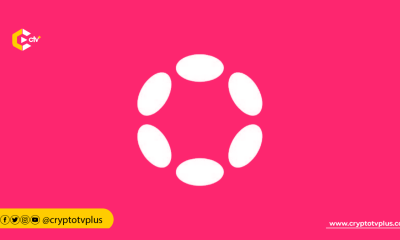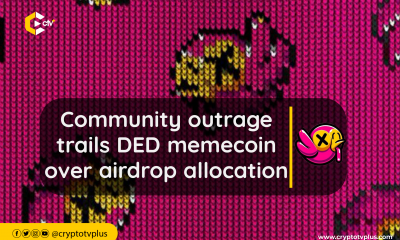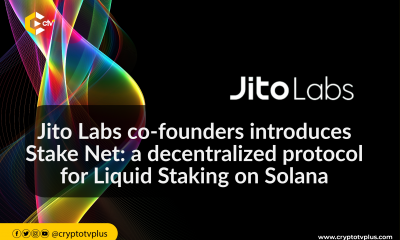FEATURED
Bifrost Finance and Axiom collaborate to redefine liquid staking with SLPX Protocol

Bifrost Finance partners with Axiom to create a unique liquid staking solution called SLPX, setting a progressive future for the web3 industry. Tyrone Pan, Product Manager at Bifrost Finance, unveiled the protocol at the Sub0 organized by Polkadot.
Bifrost Financeq, a web3 derivatives protocol, provides decentralized cross-chain liquidity for staked assets on Kusama. It allows users to participate in decentralized finance (DeFi) applications while earning staking rewards on their assets.
Bifrost’s cross-chain technology enables the connectivity of all native chains. On BiFi, anyone can supply and borrow assets from one native chain to another in a completely decentralized way, as validators verify every transaction.
Axiom on the other hand is a web3 protocol that allows developers to write smart contracts on Ethereum. It can retrieve data from the blockchain network and perform intensive computations on it using zero-knowledge proofs, a type of cryptographic proof that validates a statement without revealing any information about the statement itself.
Axiom supports reads for any JSON-RPC query to an archive node, usable on-chain, including ZK proofs for states, transactions, and receipts.
In addition to its web3 protocol, Axiom also has a marketplace called Axiom Space3, where space exploration meets Web3 technologies.
Why Axiom and Liquid Staking
Beginning his presentation, Tyrone explained the importance of the Axiom Bridge Hub, especially to the Bifrost Finance ecosystem. He said that there has been a growing interest in liquid staking in DeFi.
Liquid staking is a solution that enables users to access liquidity while also staking their tokens. It is a rapidly growing solution for locking up a user’s tokens and contributing to the security of proof-of-stake blockchains.
Liquid staking enables users to stake their tokens directly on a proof of stake (PoS) network like Ethereum while still retaining the flexibility to transfer ownership.
This is achieved by creating a transferable liquid staking token (LST), which serves as proof of ownership for the staked tokens and any associated network rewards.
Due to this interest, Bifrost Finance created its crossing staking protocol, abbreviated as SLPX, using the Axiom infrastructure.
Tyrone added that it can be compared to Chainlink’s CCIP (Cross-Chain Interoperability Protocol) and aims to address the challenges associated with liquid staking.
He also revealed that Bifrost Finance has a vision to boost the adoption of liquid staking across different blockchains using the Axiom network. Axiom’s standardization of cross-chain communication and transparency is a key advantage that Bifrost intends to leverage.
Through Axiom, users from different chains can remotely interact with liquid staking functions on the Bifrost platform, enabling efficient minting and swapping of tokens.
LSDs by SLPX
Furthermore, he said that SLPX introduces the concept of Liquid Staking Derivatives (LSDs), which can be utilized for governance purposes on the source chain. For example, VDOT tokens can be used for DOT staking and governance in open platforms.
The presentation concluded with a demonstration of the protocol’s functionality, showcasing how users can mint, redeem, and remotely swap tokens using the SLPX interface.
Bifrost Finance’s Crossing staking protocol, powered by Axiom, opens up new possibilities for liquid staking across multiple blockchains. Its innovative approach to interoperability and remote interactions has the potential to reshape the DeFi landscape.
Read also; Integritee AG unveils innovative cross-chain privacy solution
























